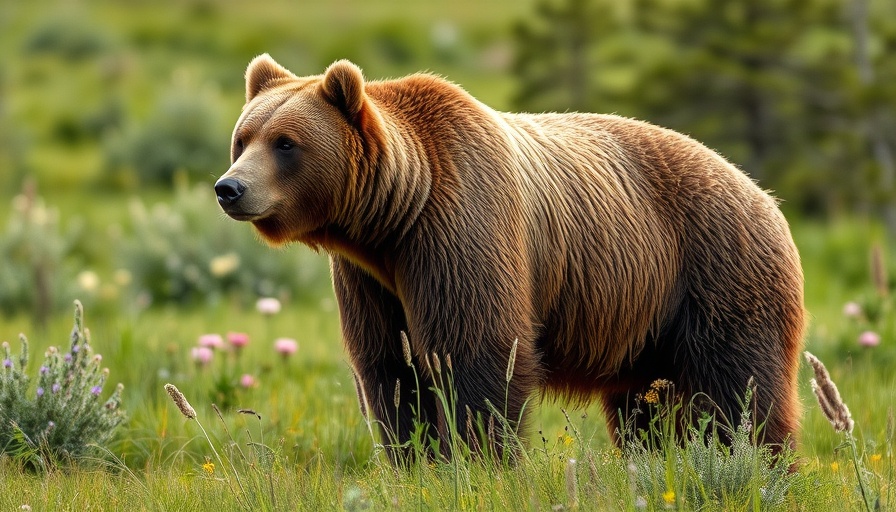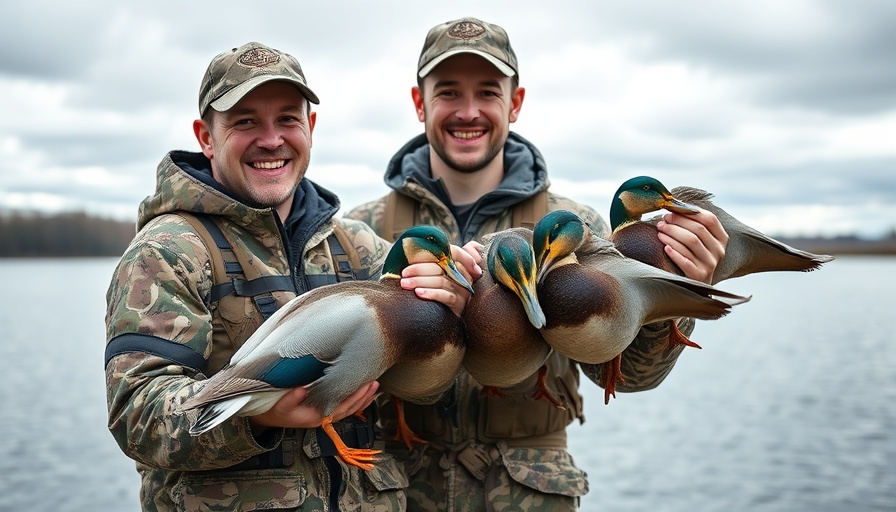
A Shocking Flare-Up in Wildlife Interactions: A Cautionary Tale
The tranquil mornings of Kenai, Alaska, were shattered earlier this week when a woman was brutally attacked by a bear just outside her home. As she stepped out for her morning jog, little did she know that nature’s wild beauty could bring forth such danger. At approximately 5:45 a.m., the 36-year-old jogger was unexpectedly confronted by a brown bear which dragged her a harrowing 100 yards down the road before being discovered by a neighbor.
The Aftermath: Community Response to a Bear Attack
Emergency responders quickly evacuated the woman to a nearby hospital where she is being treated for serious injuries. The Alaska Department of Public Safety is yet to release details about her condition, but it’s a stark reminder of the dangers that can lurk in what many consider a serene environment. Following the attack, local authorities are urging residents to be vigilant, especially when children and pets are involved. It’s a reality check for many who live in close proximity to wildlife and may take for granted the risks inherent in such interactions.
Understanding Bear Behavior: What to Do in a Dangerous Situation
Despite the alarming nature of this incident, bear attacks remain infrequent in Alaska, a state often dubbed as "bear country." A report from 2019 indicates that during 2000 to 2017, there were only 10 fatalities due to bear attacks and 68 serious injuries. This incident calls for a deeper understanding of how to coexist with wildlife and prepare for unexpected encounters. Wildlife officials recommend keeping a safe distance if you spot a bear and never approaching it. To mitigate dangerous encounters, residents are encouraged to secure any items that may attract bears—such as trash and pet food—and always remain alert when engaging in outdoor activities.
Lessons From the Wild: The Balance Between Nature and Safety
While bears roam freely in Alaska’s vast wilderness, the unfortunate reality is that as humans expand their territory by building homes nearer to wildlife habitats, interactions inevitably increase. This incident serves as a resonant reminder: safety protocols must be taken seriously to protect both individuals and the wildlife around them. Understanding local wildlife and making necessary adjustments in daily routines can help enhance safety for all involved.
Final Thoughts: Strengthening Community Bonds
The bear attack in Kenai has left a mark on the local community and serves as a reminder of the need for increased awareness concerning our wild neighbors. We can help foster a safer living environment by educating ourselves and sharing knowledge about wildlife behavior. It's crucial to support and protect both our community and the nature surrounding it.
For the residents of Kenai and beyond, this shocking event should encourage proactive measures to enhance safety and coexistence with Alaska's majestic wildlife. Let's take tangible steps toward a safer and more informed community.
 Add Row
Add Row  Add
Add 




Write A Comment